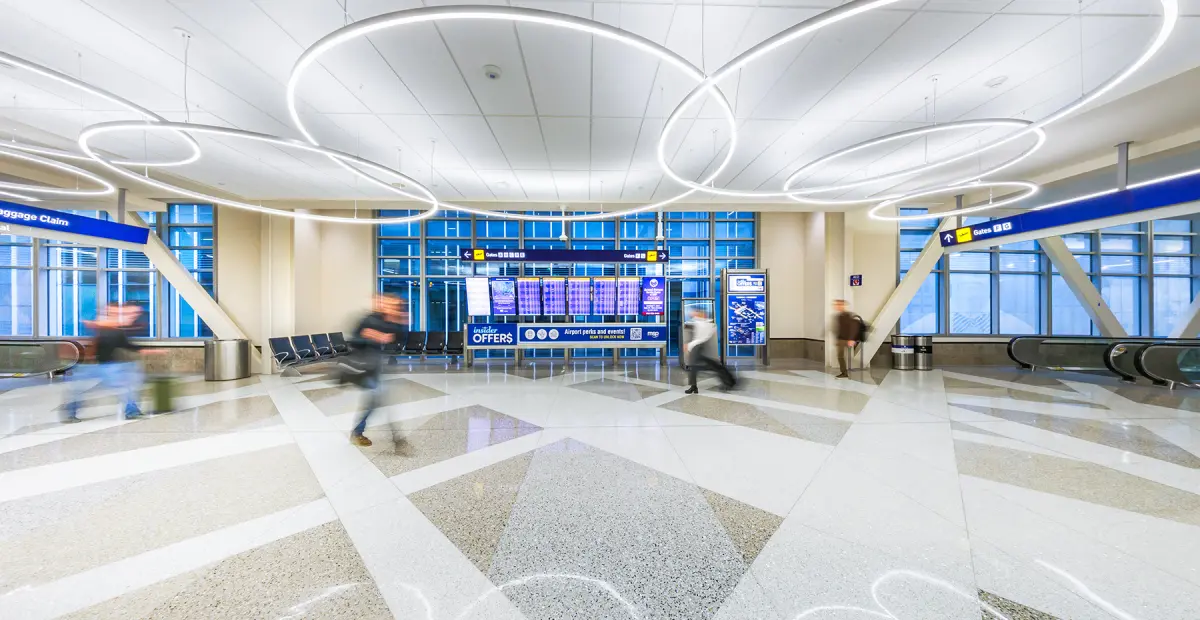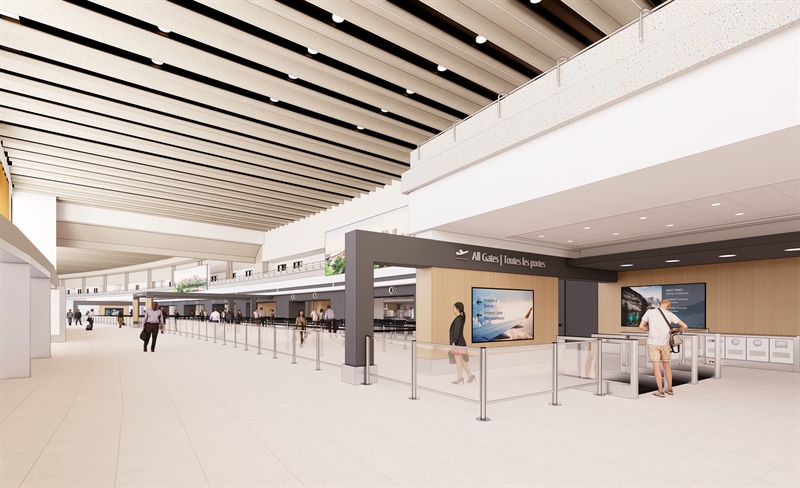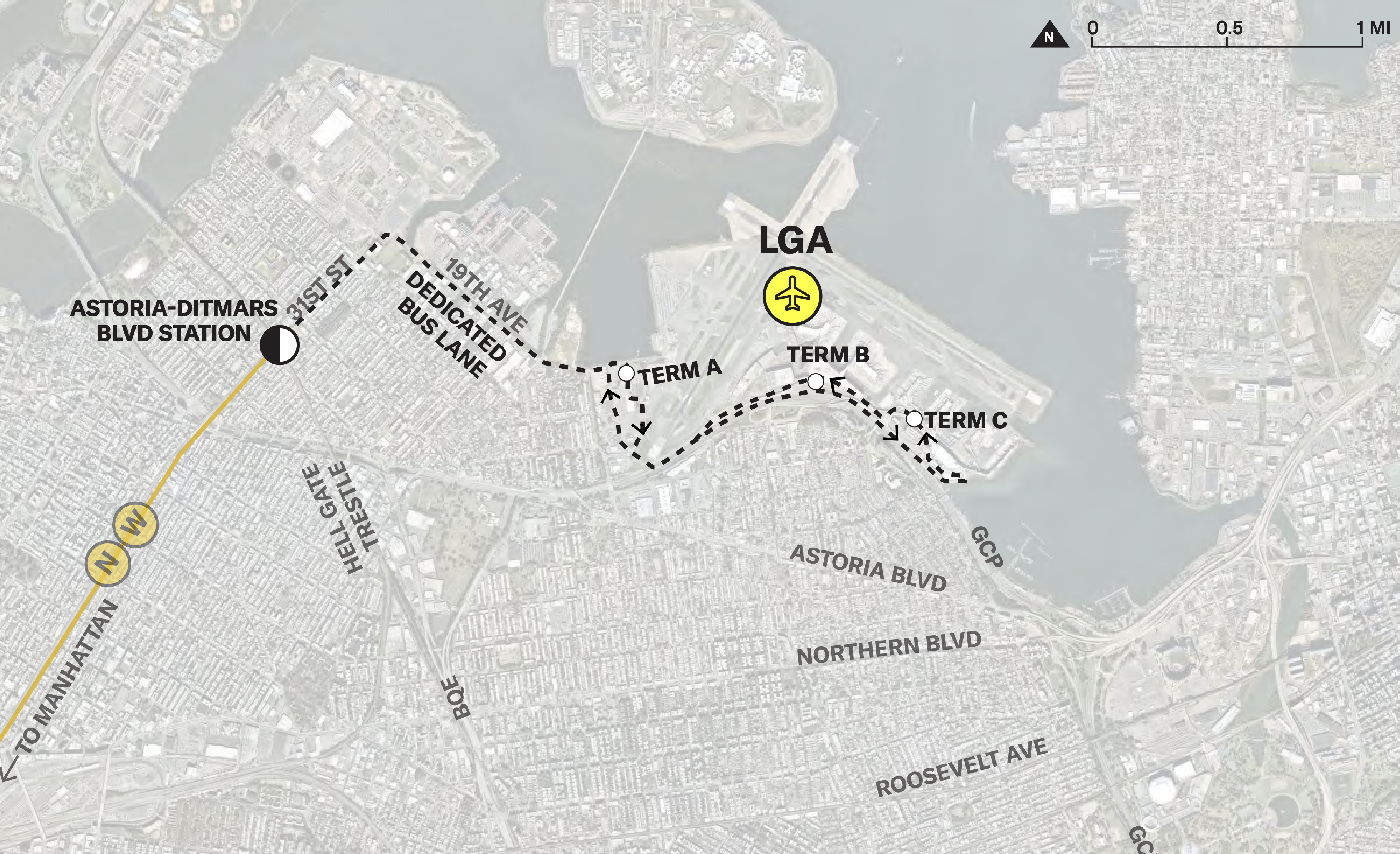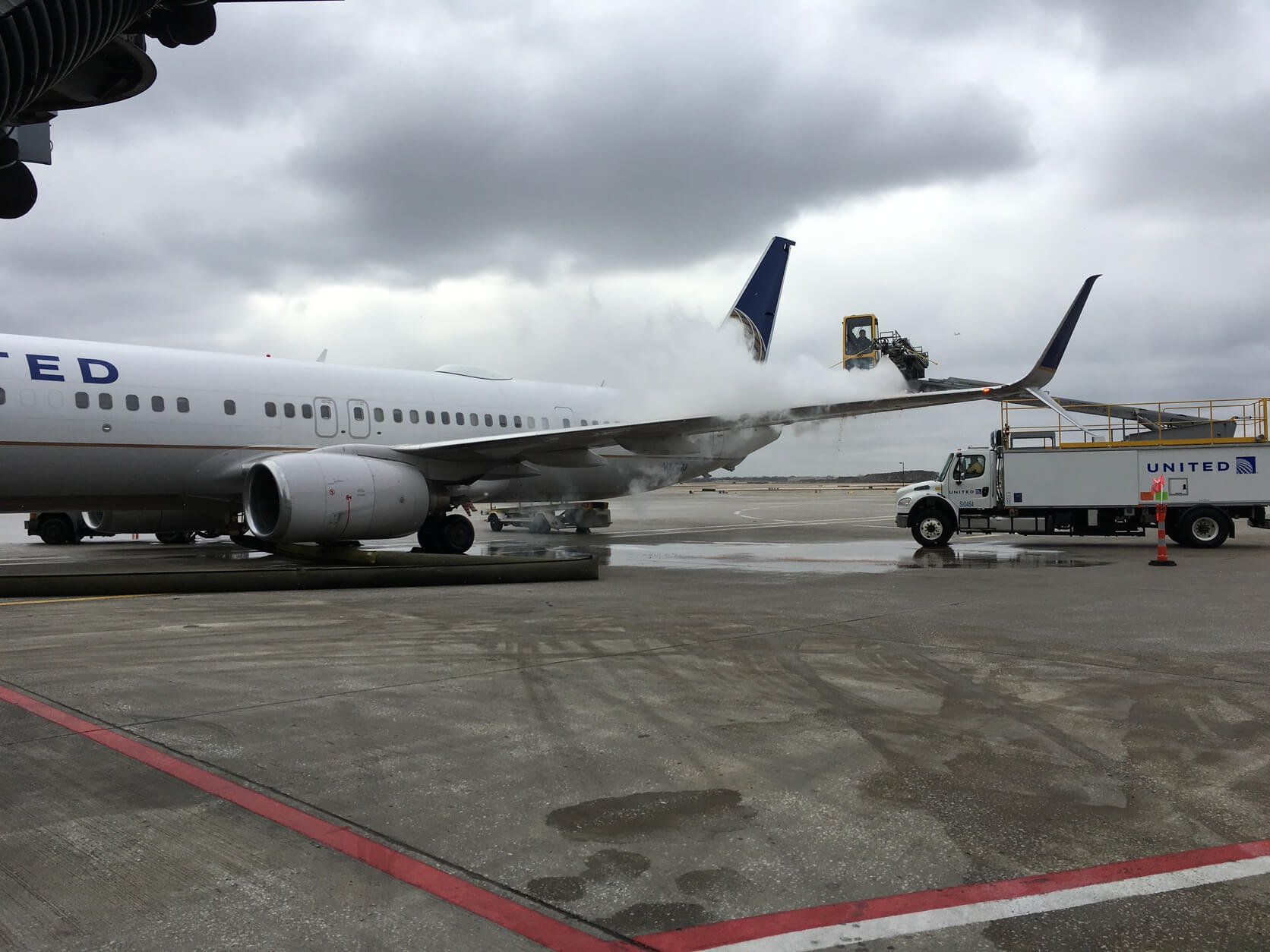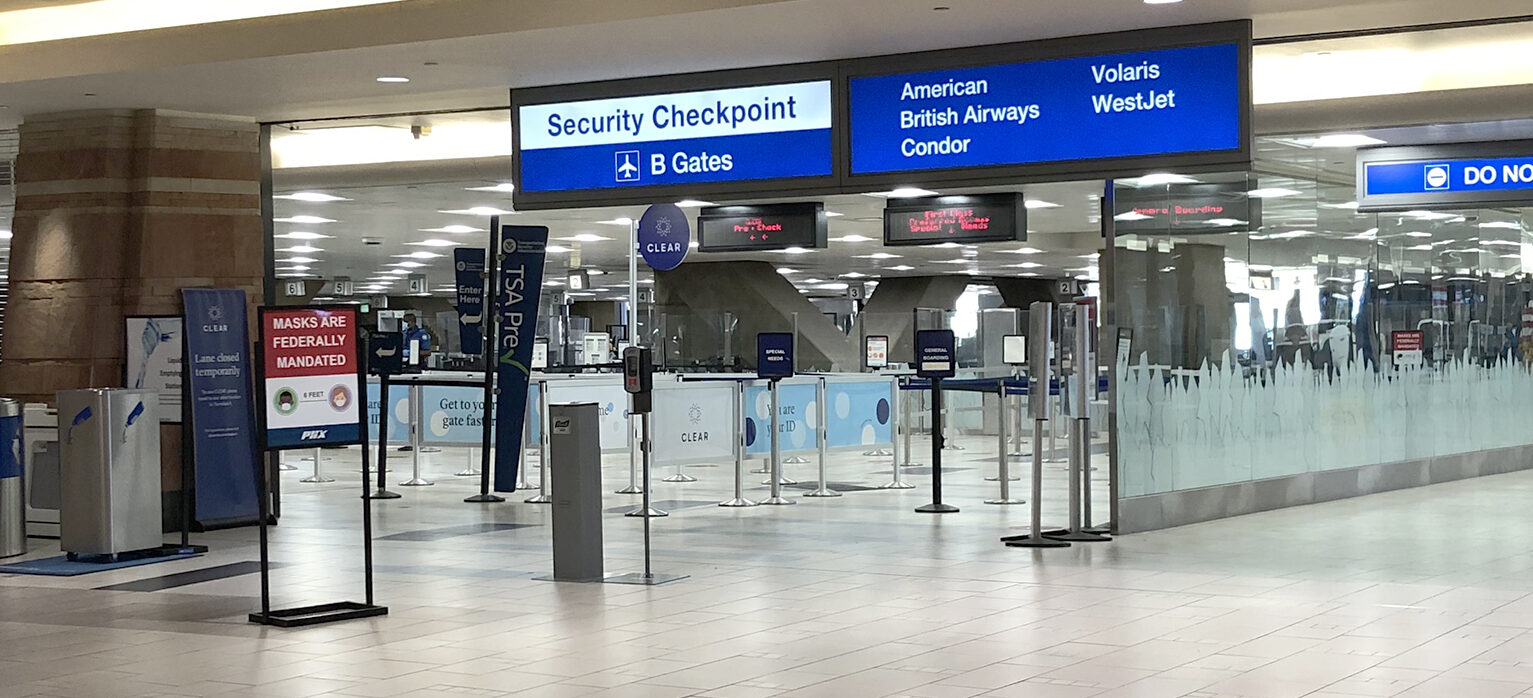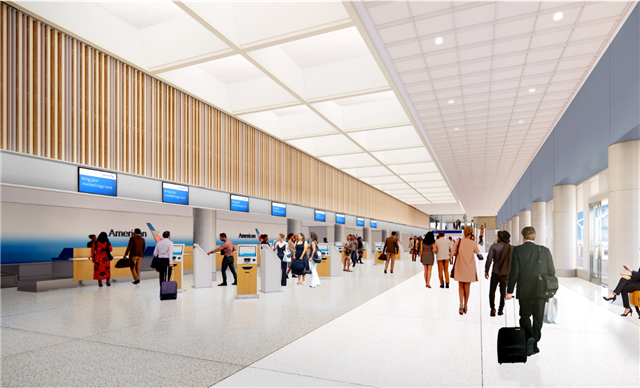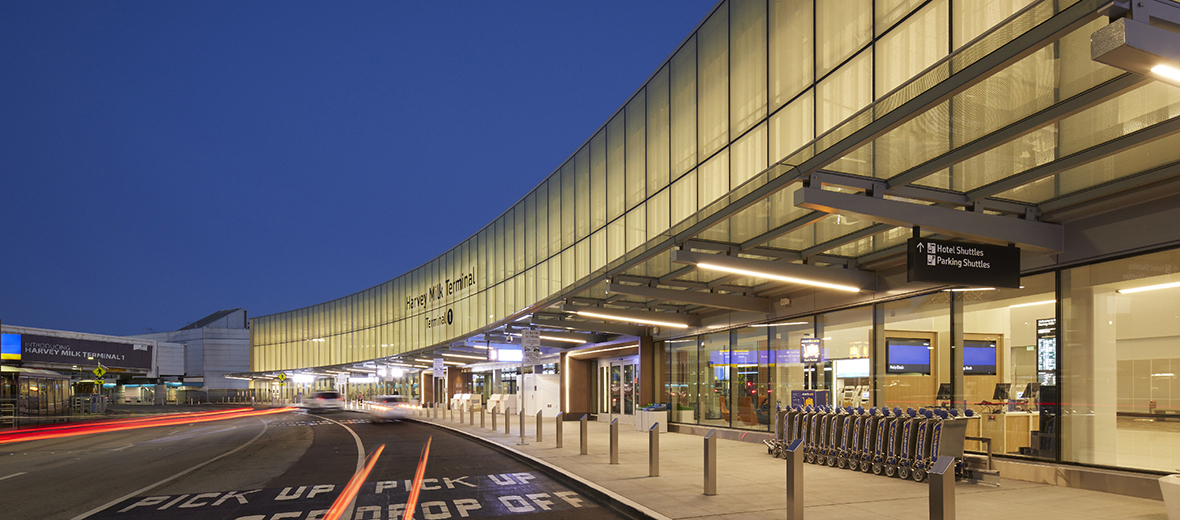Orlando International Airport’s (MCO) South Terminal C is due to open later this year and will be equipped with advanced technologies to enhance the passenger experience, improve travel efficiency and uphold passenger safety.
The 2.8 billion USD expansion includes a 1.6-million-square-foot complex with 15 new gates that will increase the airport’s capacity by 10–12 million passengers annually.
Burns Engineering is delivering specialty engineering for the project’s technology, which includes automated passenger processing and facial recognition capabilities, large-scale interactive digital media, and virtual ramp control for airport operations.
More than 1,000 high-definition display monitors will guide travellers through the new Terminal C, equipped with Bluetooth wayfinding beacons that connect to passengers’ smartphones to provide navigational information and travel updates.
For international arrivals and departures, self-boarding e-gates will use facial-recognition cameras to improve the efficiency of the boarding process, while upholding flight security. Similar software will be used to help avoid wait times at customs gates.
Davin Ruohomaki, Senior Director of Construction & Engineering for the Greater Orlando Aviation Authority, said:A main goal of our construction of the facility was to develop an enhanced technological infrastructure that meets the demands of today’s traveling public. This winning technology lets us advance our own systems as we improve the customer experience. This terminal elevates Orlando International Airport’s offerings in terms of passenger engagement and processing capabilities.
MCO’s new South Terminal C will also feature a Radio Frequency Identification Technology (RFID) Tote Baggage Handling System, which is currently being installed.
Features of the tote system are:
- Each bag tag is synced to a RFID chip embedded in the tote, providing 100% tracking of the tote and bag
- Significant reduction in noise compared to a traditional system
- The system can reroute totes and baggage around areas closed for maintenance
- The system runs at over 99% up time
- Baggage jams have been virtually eliminated
- The system features a robotic-controlled Early Bag Storage facility with the capacity for 1,800 bags
The system allows passengers to retrieve their bags from revolving carousels located on the same level they deplane. The baggage is transported from the ground level to the top level, as the tote system’s has more vertical circulation than a traditional conveyor belt system limited by gravity.

On the airfield, a new Visual Docking Guidance System (VDGS) will be implemented across 22 gates to allow pilots to park aircraft themselves, limiting instances where passengers have to remain on the apron and wait to disembark. Laser-scanning technology captures and tracks aircraft movement, providing the pilot with real-time navigation that indicates positioning guidance, how far they need to travel and when to stop.
The VDGS is also expected to reduce fuel consumption and lower emissions from ground service operations, while freeing up ground grew to focus on unloading and flight-departure operations.




